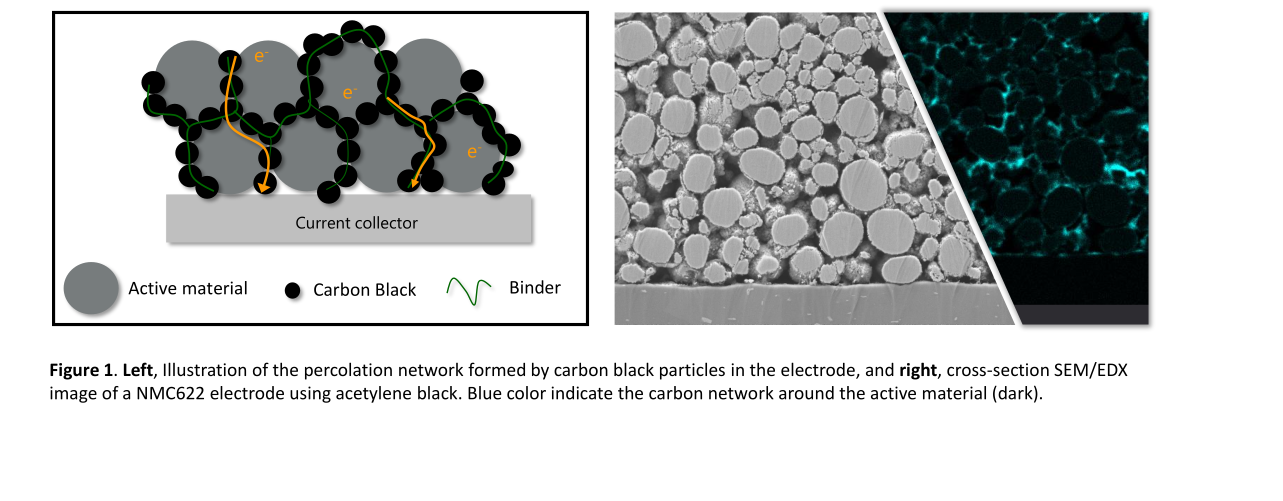Five Technical Challenges for Battery Pack End-of-Line Test Stations
Jason Lin / Sharman Chang
As more and more automotive OEMs begin mass-producing electric vehicles (EVs) and the number of consumers purchasing them rise, the question of how to efficiently manufacture these vehicles has become a significant one. In particular, consideration must go into the most important part of EVs, the battery pack; not only in how to test these packs during the manufacturing process, but also in how to ensure safety when dealing with dangerous high voltage levels.
Generally, testing of EV battery systems can be categorized into four stations in the production line that fulfil the following functions:
1. Battery Sub-Module Welding Test Systems: Quality checking the welding on various battery sub-modules
2. Battery Module End-of-Line (EOL) Test Systems: Confirming that each battery module is functioning correctly
3. Battery Pack In-Line (IL) Automatic Test Systems (ATS): Checking the functionality of battery modules before the external cover is installed
4. Battery Pack EOL ATS: Checking the functionality of the full battery pack after the external cover has been installed, before the battery pack leaves the factory
For several years, Chroma has helped to provide OEMs with effective testing solutions, having developed extensive experience in the above-mentioned IL/EOL test stations. Here, we outline five major challenges that testing solutions can help to overcome.
Challenge #1: Low Voltage Signals on the battery pack and verification of Battery Management System (BMS) functionality
When a battery pack is plugged into a vehicle or charging station. The first step is to unlock the battery from the ECU. EVs are required to adopt International Unified Diagnosis Service (UDS) protocol in accordance with ISO 14229-1. They can present an anti-counterfeiting mechanism, enabling users to secure control over rights in ECU obtained through the UDS Service Identifier. After getting the access, the system may require some anti-counterfeiting or wakeup signal such as Checksum and Live Counter. Checksum can verify the software version, check the correctness of the file in ECU. And Live Counter is able to send the heartbeat signal to wakeup waiting system.
Additionally, before testing the battery pack, it is necessary for the test solutions to check each relay switch and confirm that the high-voltage interlock loop (HVIL) signal is normal. The HVIL circuit design is required in the EV which is to use low-voltage signals to detects the integrity or connectivity of high-voltage components, wires and connectors, recognizes abnormal in time. When HVIL circuit fails, a Diagnostic Trouble Code (DTC) will be triggered immediately. Before the fault is removed, the high-voltage system cannot be powered to prevent electric shocks to operators.
The Battery Management System (BMS) is the core part of the battery pack. The BMS has the function of voltage management, system communication, battery state estimation, warning of abnormalities, cell balancing, and thermal management to prevent the battery from over-discharging, over-charging, overheating, or other abnormalities. In general, testing a BMS required these four segments: communication, connection, safety signals simulation and V/I/temperature verification. For the communication function, the testing system would need to do initial software version checking, flash process, and the read/ write functions. For safety signals simulation, can use *the unbalanced bridge method, test equipment can provide different resistances to simulate the faulty situation to trigger the BMS protection. Then connection function the testing system would do relays ON/OFF checking, and DI/DO response checking. In the current/temperature verification, the testing system would need to check the charge and discharge current capacity in positive and negative, read the temperature, and write these data into the BMS as the record.
A further challenge is presented by the fact that in the process of developing a production line, the battery pack is often still under development, and it is necessary to continuously update the BMS firmware at the EOL ATS station. One of the key elements will be requiring the system to read the Seed & Key from the ODX file and obtain flash control permissions.
*The unbalanced bridge method detection principle is as shown below, through voltage detection of Uj and Um and using the resistance R to calculate R+ and R-. Where the insulation of the positive and negative voltage is abnormal, the BMS detects the abnormality and implements a safety strategy. For quick inspection of this on the production line, it is necessary to implement the relevant safety systems and insulation resistance simulation.

Detection method of BMS circuit
Challenge #2: Implementing effective DC Internal Resistance testing
The DC Internal Resistance (DCIR) test is a test method for the production line to quickly verify the performance of the battery pack. In order to quickly test and meet quality requirements, high current charge and discharge test equipment is required. The DCIR test allows users to obtain the data of the battery pack assembly and compares it to the golden sample in order to quickly detect the assembly quality. The DCIR test is generally conducted to the standard set by IEC 61960 using the current and voltage differences between two loading currents. As you can see in the DCIR Test diagram and battery cell model diagram below, DCIR is derived from the generation of DC current. The current state affects the chemical reaction of the battery cell as well as the DCIR data. If the conversion current is not a smooth linearly increased, or longer current raising time (>10ms), that will lead to miscalculation of the DCIR when the user needs multipoint measurement.
Chroma also recommends to using an extra dynamic current changing for like 10 seconds, to check the electromagnetic interference. The electromagnetic effect generated by the large current flowing through the battery pack can easily interfere with the BMS. This requirement is a key challenge because it necessitates BMS communication during the test. It also requires that the BMS is free from electromagnetic interference so that it can diagnose any assembly defects of the battery cells, reduce the chance of poor performance caused by unbalance, avoid the risk of overcharging of single cells, and reduce the risk of thermal runaway.

Challenge #3: Integration Ability of Electrical Safety Tests
Often, because the ultimate users of battery packs are the general public, special attention must be given to safety requirements and associated battery pack regulations. The SAE J1766 electric vehicle crash test specification contains specific “battery requirements” and “electrical safety” requirements, in addition to standards and regulations outlined by ISO 6469, JIS D 5305, GB/T 18384, GB/T 18284.1. To conform to such standards, the battery pack must pass safety tests such as the dielectric strength test, insulation resistance test, ground bond test, leakage current test…etc. In the industry, most companies use a single electrical safety analyzer to execute these safety tests. To reduce the production time and test consistency Chroma technically combined the battery tester and electrical safety analyzer in the EOL ATS.
The benefits of the integrated system, it can make the safety tests be programable in the test procedure. In addition to the two points of the high-voltage connector (positive and negative), the battery pack requires multipoint connector measurements, including verifying the positions of the Potential Equalization Test Connector, Chassis/EMC-Shield Test Connector, Low-voltage and Communication Test Connector, and others to ensure that each connector has no safety risks. In order to do this, the insulation resistance simulation device verifies the insulation resistance detection function of BMS, ensuring that safety strategies for abnormal insulation resistance can be implemented. In addition, it is important to consider reducing loading/unloading times and the number of inspection stations to save costs. Integrated, one-stop safety testing and functional testing can help to reduce reliance on safety testing machines and reduce maintenance of such machines.
There are some risks to combining the electrical safety analyzer into the automatic test system (ATS). The ATS is equipped with DC sources, high voltage battery tester, meters, and 5V or 12V low-voltage devices like controllers, CAN communication devices. The system needs to be able to disconnect all of the components and equipment from the electrical safety analyzer. And according to IEC 60950, the test voltage for a dialectical test is two times the operating voltage plus 1000 volts, which can damage other parts easily if it’s connected during the safety test. To protect the expensive equipment, the test system design experience and high-quality integration ability must be considered.
Challenge #4: The importance of Self-inspection ATS for production line
Automotive manufacturers require the day-by-day EOL testing for the production line. To ensure accuracy and consistency for test equipment, calibrating equipment and adjusting are necessary. Commonly, the MSA (Measurement System Analysis) of the EOL ATS equipment is essential and statistics must verify that EOL ATS of the battery pack still meets requirements after long-term use. The specifications of the equipment must ensure that data can be traced back, and through tracking stability, bias assessment, linearity, repeatability, and reproducibility, and that the equipment can be prevented from causing errors in verification results.
Commonly, Automotive manufacturers would arrange the annual single-machine calibration plan for the test equipment. The production line would need to stop or reduce manufacturing for a period of time until every equipment calibration is finished. However, the annual calibration plan cannot cover all of the risks. The potential hazards which like inaccuracy caused by cables and differences among instruments and fixtures. In order to effectively verify the equipment and inspect the overall system accuracy. Chroma recommends that the production line should install self-inspection equipment, the self-inspection solution uses the test equipment integrated into one system simulate as a battery pack, from the source of the device to the loop that connects with the end of the battery pack to eliminate poor wiring and perform effective EOL ATS verification. The test will be highly customized test items correspond to the test process. The benefit of executing the self-inspection before the daily production start and uploading the results to the manufacturing execution system (MES) can reduce the quality issue from the repeatability and reproducibility before the daily manufacturing and won’t affect the production operation. Uploading self-inspection results to MES would help automotive manufacturers fast respond to the quality risk and also meet the ISO 16949 7.5.3.2.1 Record Retention Requirements for data traceability.

Challenge #5: Great Collaboration ability across different industries.
Building up a battery module/pack production line needs a whole team effort. The automotive manufacturers would work with automation line manufacturers, which would be the coordinator, organizing the teamwork with different stakeholders such as battery pack connector suppliers, test equipment manufacturers, equipment planning departments, battery pack R&D and design departments, and battery pack quality assurance departments, information management departments, and others.
When designing connectors, the manufacturer will need to seek the quality of the connector supplier, the test specifications of the battery pack, and the difficulty of applying automation when it comes to wire connections. For example, test systems will be required to ensure the ability of the connector to withstand certain levels of current.
Additionally, test systems are required to ensure various modules and departments are communicating with one another. For example, when the automated guided vehicle (AGV) enters the test station with a battery pack or delivered by the conveyor, the programmable logic controllers (PLCs) need to inform the EOL ATS, the EOL ATS needs to ask MES about the status of the battery pack, and then decide whether to test it. With each department performing various professional functions and having differing areas of expertise, the communication and coordination of testing requires personnel from across knowledge fields to be involved and requires testing solutions that reduce and eliminate communication gaps. Attention should be paid to define the division of responsibility and clarifying the ownership of different partners over various aspects of the testing process.

Conclusion
A test station on a battery pack production line is different from a testing battery performance in a laboratory. It requires more system integration capabilities, and it requires that tests are completed in a comparatively short space of time. It also requires the fast and regular upload of new BMS firmware and must be compatible with automations that are being implemented along the production line in order to ensure good production throughput. We hope that the summary of these five technical challenges provided in this article can provide reference for battery pack production line managers and planning personnel.
Jason Lin Battery Test Solution – Product Manager, Chroma
Sharman Chang Battery Test Solution – Senior Product Specialist, Chroma












